Relactation: A Comprehensive Guide to Restarting Breastfeeding
Dec 04, 2024If you've stopped breastfeeding and are considering starting again, you're not alone. Many mothers choose to relactate for various reasons. This guide will walk you through the relactation process, providing evidence-based information and practical tips to help you.
What is Relactation?
Relactation is the process of reestablishing milk production after not breastfeeding. It's possible even if you've stopped breastfeeding for weeks or months. However, the duration of the gap can affect how quickly you're able to rebuild your supply.
The Science Behind Relactation
Breastmilk production is based on supply and demand, governed by hormones like prolactin and oxytocin. When you stop breastfeeding, these hormone levels decrease. Relactation works by stimulating these hormones through breast stimulation and emptying.
Why Consider Relactation?
- Nutritional Benefits: Breast milk contains antibodies, living cells, and growth factors that support your baby's immune system and development.
- Bonding: Breastfeeding can enhance the mother-infant bond through skin-to-skin contact and the release of oxytocin.
- Medical Reasons: Some infants may need breast milk due to allergies or medical conditions.
- Personal Choice: Many mothers choose to relactate after learning about breastfeeding benefits or overcoming initial challenges.
Steps to Successful Relactation
- Consult a Healthcare Professional: Before starting, consult a lactation consultant or your healthcare provider. They can assess your individual situation and provide personalized advice.
- Stimulate Milk Production:
- Use a hospital-grade double electric breast pump every 2-3 hours, including at night.
- Aim for at least 8-12 pumping sessions in 24 hours.
- Each session should last 15-20 minutes per breast.
- Encourage Direct Breastfeeding:
- Offer the breast to your baby frequently, even if they're not getting much milk at first.
- Use a nipple shield if your baby has difficulty latching.
- Use a Supplemental Nursing System (SNS): This device allows you to feed your baby formula or expressed milk at the breast, stimulating milk production while ensuring your baby gets enough to eat.
- Skin-to-Skin Contact: Spend time with your baby skin-to-skin. This increases oxytocin levels, which can help with milk production and letdown.
- Nutrition and Hydration:
- Stay well-hydrated. Aim for about 8-10 glasses of water a day.
- Eat a balanced diet of protein, healthy fats, and complex carbohydrates.
- Consider Galactagogues: These foods, herbs, or medications may increase milk supply. Common ones include:
- Fenugreek
- Blessed thistle
- Oatmeal
- Brewer's yeast: Always consult a healthcare provider before using supplements.
What to Expect
- Timeline: Relactation can take anywhere from a few days to several weeks. Be patient with yourself and your body.
- Initial Production: You may see drops of milk within a few days, but it can take longer to establish a total supply.
- Gradual Increase: Typically, milk production increases gradually over time with consistent stimulation.
Potential Challenges
- Time Commitment: Frequent pumping and feeding can be time-consuming.
- Nipple Soreness: Increased stimulation may cause temporary discomfort.
- Emotional Stress: The process can be emotionally challenging. Seek support from family, friends, or support groups.
When to Seek Help
Contact a lactation consultant or healthcare provider if:
- You're not seeing any increase in milk production after a week of consistent efforts.
- You're experiencing severe pain or signs of infection (fever, redness, swelling).
- Your baby is not gaining weight appropriately.
Remember, every mother's journey is unique. Whether you fully relactate or partially breastfeed, your efforts are commendable. Most importantly, you and your baby are healthy and happy.
Join other mamas inside our community and unlock a wealth of nutritional guidance, meal plans, schedules, and recipes designed specifically for breastfeeding moms during the first year. Achieve your healthiest self without sacrificing your favorite foods or compromising your milk supply.






